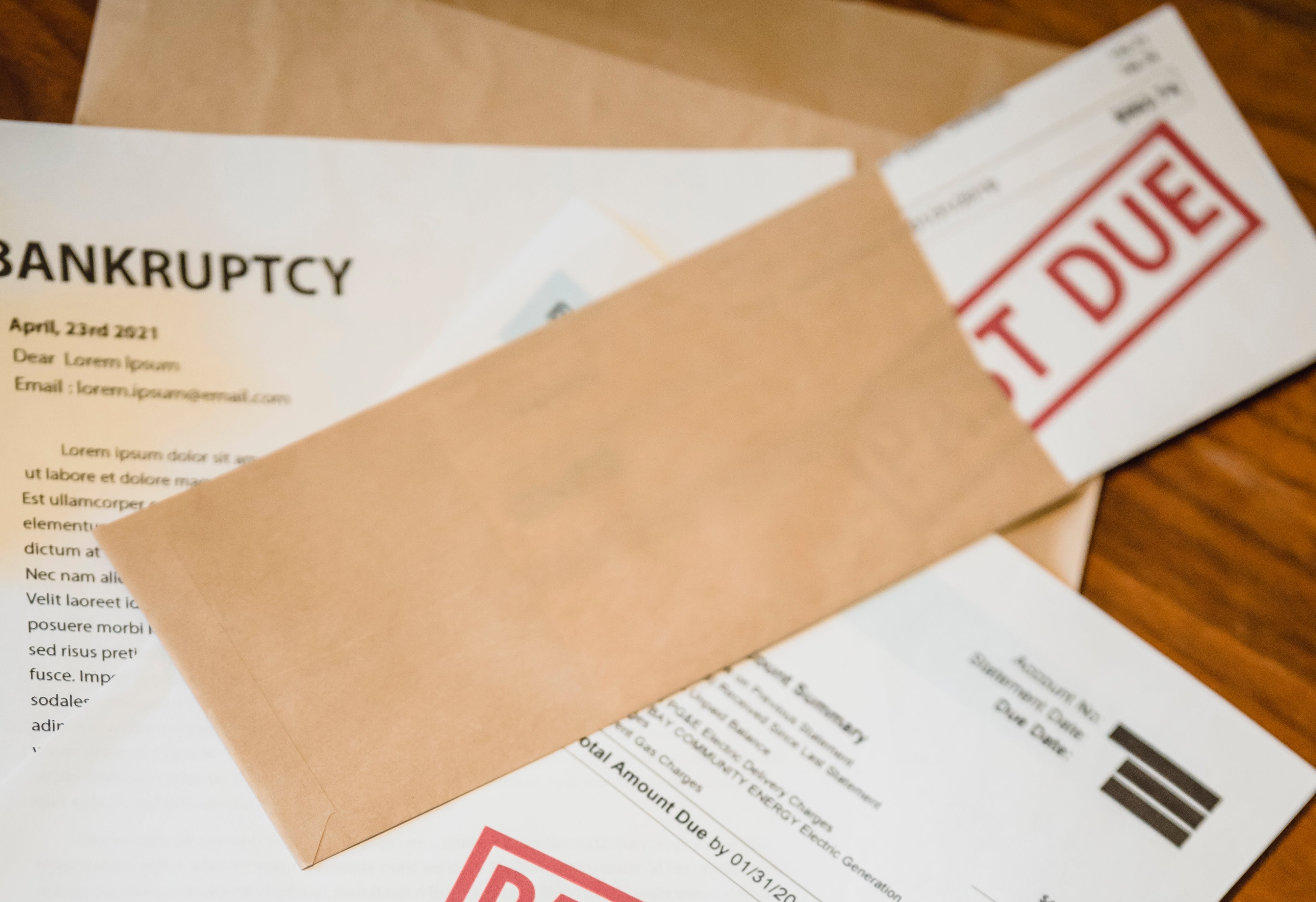
Recent Bankruptcy Mortgage - CHAPTER 7 OR CHAPTER 13
Many assume that after filing for a bankruptcy that you can not get a mortgage for at least 2-3 years until after it is discharged. While this is the case with most banks and mortgage companies, there are some non-prime lenders that do not have these sort of waiting periods. This means that you may be able to get a mortgage even just one day after a chapter 7 or a chapter 13 bankruptcy!